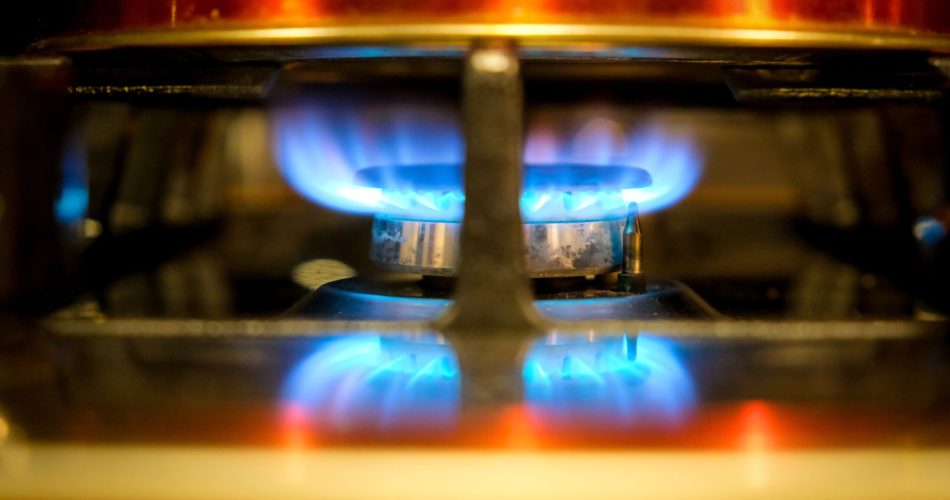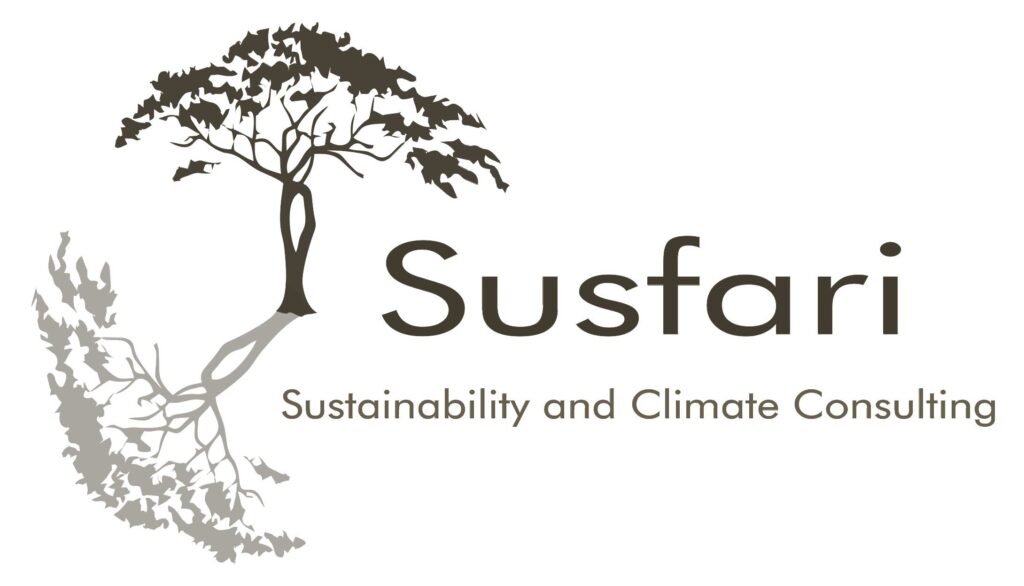
The plan by treasury to revive the LPG subsidiary plan struck as a white elephant. One, as a country we do not have control over the source of LPG. Secondly, cost will always be a problem as we depend on external markets to meet our basic necessity: cooking fuel. Thirdly, the current global trend is to move to a low-carbon future and the sources and process of acquiring LPG gas fall do not meet this criterion. LPG is a by-product of natural gas, oil extraction and crude oil refining. This energy transition is having a great impact on the financing on fossil fuel extraction as recently seen in the just concluded COP 26 in Glasgow. This not only potentially increases risks and costs, but also it’s availability. The subsidy plan allows short-term affordability of the cooking fuel but is not sustainable.
The 3 billion subsidy plan can go a long way in developing medium and large-scale biogas plants, related capacity and infrastructure to bring clean cooking gas into our kitchens. Actually, we not only stand an opportunity of increasing our grid capacity through converting the gas to electricity but also reducing our leading source of emissions which is agricultural waste, and limiting the amount of waste ending up in our landfills. The efforts towards reduction of the energy’s sector carbon footprint have seen innovations such as BioLPG, which is propane produced from plant and vegetable waste. This diversification of our energy mix bears the potential of attracting investment as major financiers end their funding abroad for fossil fuels moving to renewable energy sources. These are opportunities as a country we should embrace and exploit.
